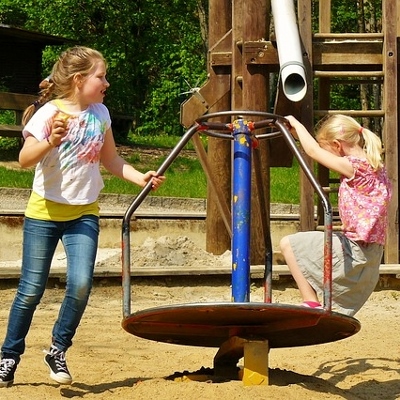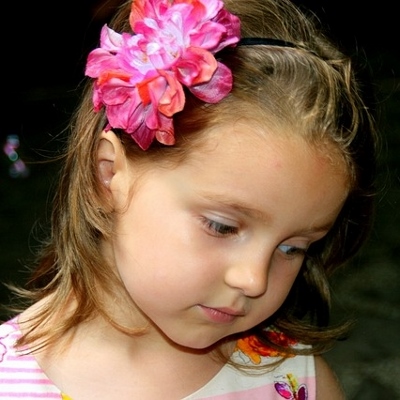 Seems not long ago were the days when playgrounds were considered ‘concrete jungles’. Metal slides, swing sets and monkey bars were the keystone to any local park. Although it was an economic way for highly populated areas to integrate free play space for kids in the nooks and crannies of urban areas, the lesser used parks remained unmaintained and became stomping grounds for vandals to finish destroying what was left.
Seems not long ago were the days when playgrounds were considered ‘concrete jungles’. Metal slides, swing sets and monkey bars were the keystone to any local park. Although it was an economic way for highly populated areas to integrate free play space for kids in the nooks and crannies of urban areas, the lesser used parks remained unmaintained and became stomping grounds for vandals to finish destroying what was left.
I can’t say that I remember seeing many handicapped children at the playground when I was a kid. I never questioned it then, but as a mom I now think back to the obstacles that were part of the problem that was unfortunately par for the course. There was no designated handicapped parking. Children in wheelchairs would need to be lifted and carried to rides, or they would not be able to participate at all. Some kids could not use a port-a-potty.
Changes made over the years to playgrounds have made play safer for everyone. Foam floors or soft mulch now line grounds which used to be cement and gravel. Chains that suspend swings now have a plastic coating to prevent rust and cutting. Most aluminum and steel playgrounds have been replaced by durable plastics and treated wood. This is all for the benefit of safer physical activity, less bumps and bruises, and now incorporating special things for special kids.
Modern playgrounds have been designed to meet suggestions (and in some cases required adaptions) recommended by the American Disability Act, by installing ramps and mazes to accommodate wheelchairs and those walking with crutches or walkers. Special swings have been designed to hold a wheelchair and swing it back and forth. Other swings have special seats for children with poor muscle control to sit upright.
Sensory and educational games now have a place in the playground as well. I remember having a “busy box†when I was a kid, and now I see that very large “busy boxes†are being installed vertically between the monkey bars and the spiral covered slide. These games such as tic-tac-toe, steering wheels, turning gears and puzzles are strategically placed between physical activities to allow breaks and encourage fun in learning and fair play. These are truly appealing to those with emotional special needs.
Indoor playgrounds are also becoming very popular with special needs children. No rainy days when you are indoors, and asthma and environmental allergies can be contained during trigger weather days. Indoor play also has the benefit of indoor bathrooms for those struggling with potty training.
Finding accessible playgrounds in larger metropolitan areas is easy as most are mapped in GPS services and in web search engines such as Google or Bing. Smaller towns may not have complete listings online however information may be sought at a community information hub, post office, library or town hall. If your area does not have ADA Accessible playgrounds, talk to your local city planner. Grants are available for towns that wish to install inclusive playgrounds in their communities.










